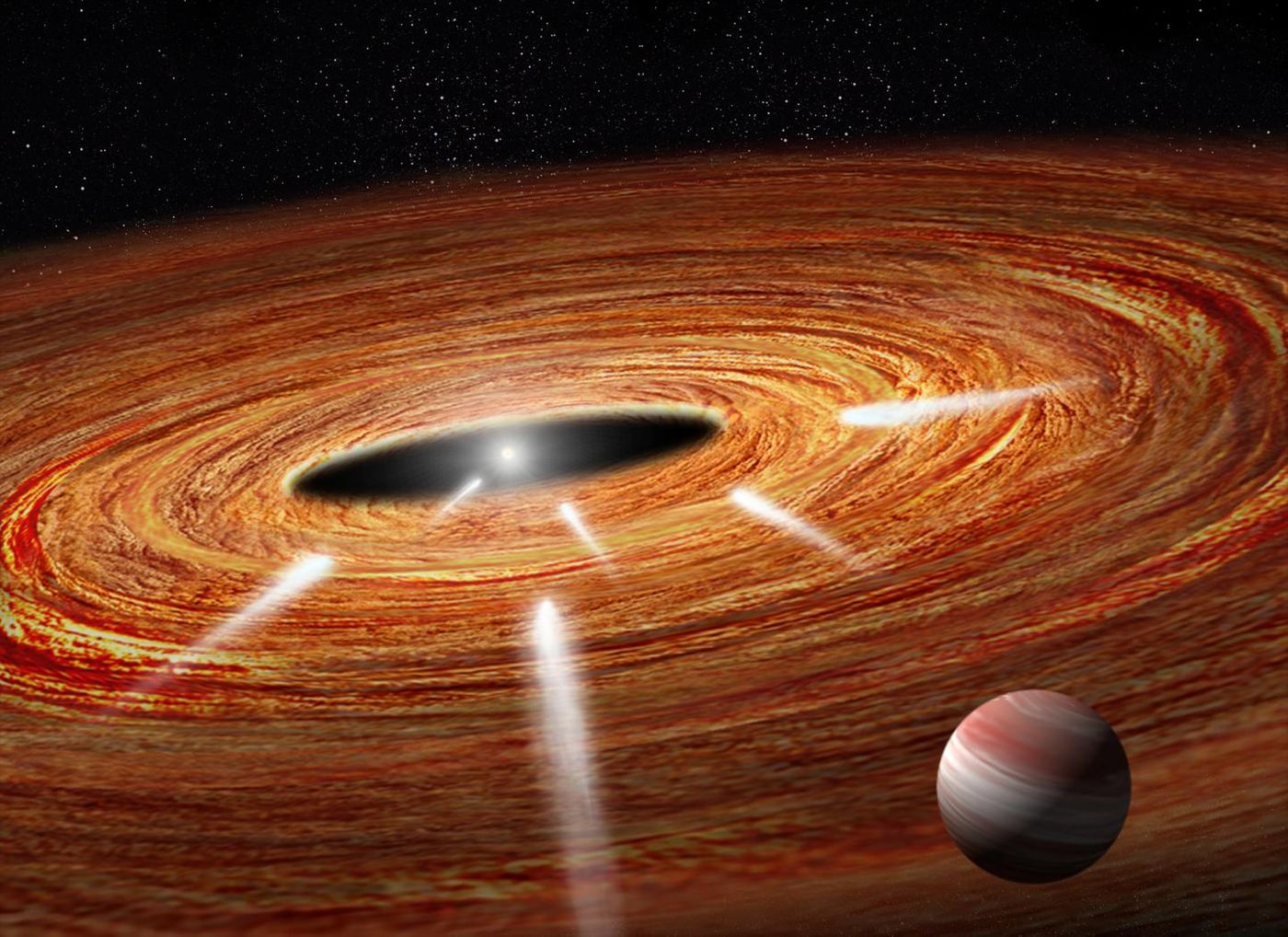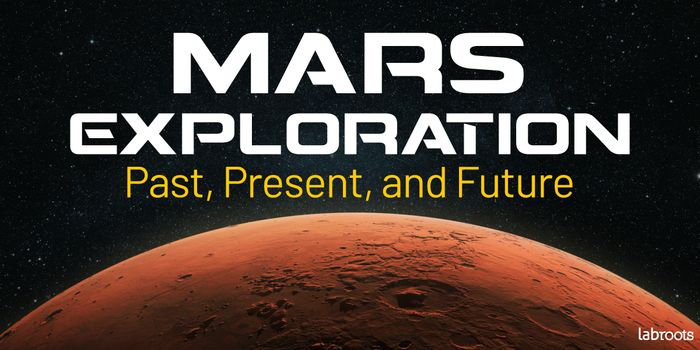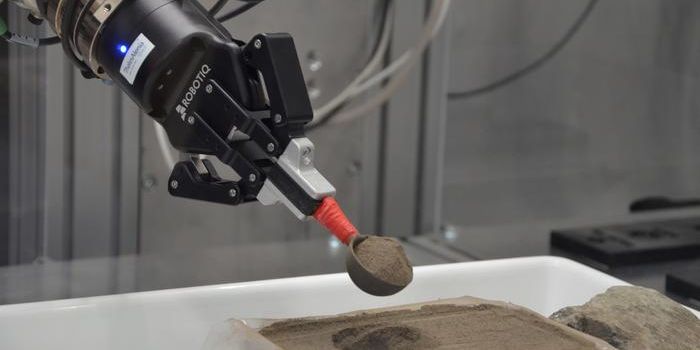This Young Exosystem Star Appears to be Devouring Asteroids and Comets
A star approximately 95 light years away from Earth, known to astronomers as HD 172555, could be vaporizing a myriad of asteroids and/or comets that continue to fly too close to it. More interestingly, it’s a very young system, no older than 23 million years; in astronomical terms, that’s the age of a newborn baby if we were comparing human lifespan to heavenly bodies.
These observations were made possible by Hubble Space Telescope, which is owned and operated by both NASA and the ESA, and they’re important because this system provides a fist-hand look at what the early solar system might have been like.
Image Credit: NASA, ESA, and A. Feild and G. Bacon (STScI)
Using Hubble, astronomers were able to determine that the star was devouring asteroids and comets by measuring the amount of traces of gas that were left over from these solid objects being vaporized by the extreme heat from the star. This is an act that appears to be most common in younger systems, and happens occasionally even inside of our own Solar System.
"Seeing these sun-grazing comets in our solar system and in three extrasolar systems means that this activity may be common in young star systems," said lead astronomer Carol Grady.
"This activity at its peak represents a star's active teenage years. Watching these events gives us insight into what probably went on in the early days of our solar system, when comets were pelting the inner solar system bodies, including Earth. In fact, these star-grazing comets may make life possible, because they carry water and other life-forming elements, such as carbon, to terrestrial planets."
Hubble also revealed what appears to be a young gassy planet inside of the gas and debris disk that orbits HD 172555. This very disk could one day clump together to form several planets, which is what astronomers think happened in our own Solar System so long ago.
Exocomets were reportedly first discovered transiting the star in the system from spectrograph data that was accumulated between 2004-2011. Building off of this data, Grady and her team used Hubble’s Space Telescope Imaging Spectrograph (STIS) and the Cosmic Origins Spectrograph (COS) in 2015 to learn more.
These instruments allowed for observations via ultraviolet light, and the astronomers found traces of carbon and silicon gasses surrounding the star, which act as evidence for vaporized icy nuclei of what were probably once asteroids or comets.
"Hubble shows that these star-grazers look and move like comets, but until we determine their composition, we cannot confirm they are comets," Grady said. "We need additional data to establish whether our star-grazers are icy like comets or more rocky like asteroids."
As you can probably tell from the interest in these findings, the researchers will be going back to the source in the future to learn more about what’s going on here. After all, many unanswered questions still remain.
Source: EurekAlert









